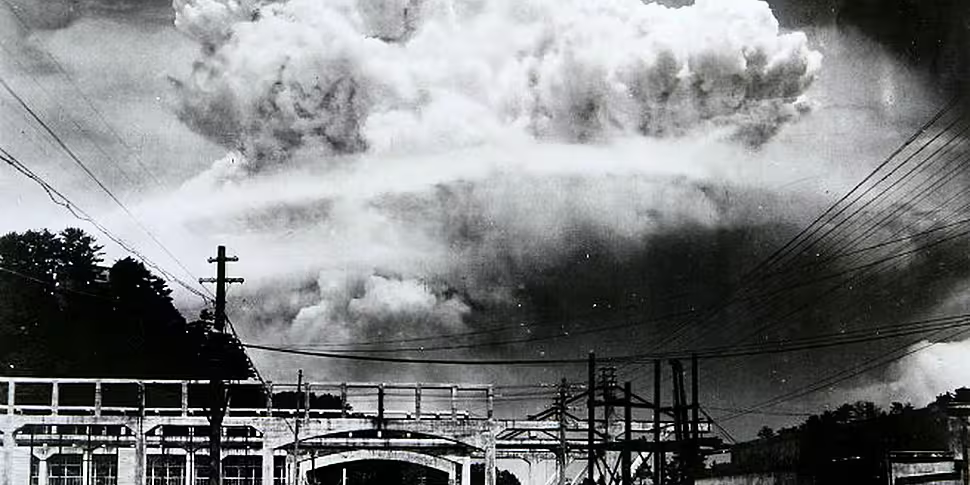Today marks the 70th anniversary of the US bombing of Hiroshima - an event that led to the deaths of tens of thousands of people in the Japanese city.
While Hiroshima is remembered as the first and deadliest atomic bombing, three days later, a second atomic bomb was dropped on the city of Nagasaki in southern Japan, on the island of Kyushu. Six days after the Nagasaki bombing, Japan surrendered, bringing an end to World War II.
Susan Southard is the author of the book ‘Nagasaki: Life After Nuclear War’. She is speaking to Sean on today’s Moncrieff. Tune in from 3.30pm to hear the interview.

Uchida Kuichi's image of Nagasaki, c 1870
As a port town, Nagasaki was a major landing point for foreign trade when western ships started arriving in Japan in the 16th and 17th centuries.
With the authorities fiercely protective of their customs and culture, the Japanese implemented a policy of ‘sakoku’ that effectively closed off the country to foreigners. However there were some exceptions, and foreign trade actually prospered during the period despite the tough entry restrictions. The settlement of Dejima was built in Nagasaki bay to house foreign traders, and was primarily used by the Dutch from the mid-17th until the sakoku policy ended in 1853.
Officially declared a city in 1889, Nagasaki continued to develop as a port town, as well as becoming an important industrial centre. Mitsubishi Heavy Industries operated several facilities in the city. The company was one of the main contractors for the Imperial Japanese Navy. Unlike Hiroshima, the city had been subjected to a number of air attacks during World War II.
The atomic bomb was dropped by the ‘Bockscar’ B-29 bomber, with the bomb itself dubbed ‘Fat Man’. It detonated over Nagasaki at 11:02am on 9th of August 1945, at an altitude of around 1,800 feet.
There was an estimated population of 240,000 people in Nagasaki at the time, along with thousands of soldiers and Korean residents, as well as hundreds of Allied POWs. Estimates suggest between 39,000 and 80,000 people died as a result of the bombing, including tens of thousands killed instantly. Around half are estimated to have died as a result of the effects of the radiation.
Today, Nagasaki remains a significant port city, with a population of around 443,000 people. After undergoing a major rebuilding effort in the aftermath of the war, a number of memorials were built in the city, similar to Hiroshima. They include the Nagasaki National Peace Memorial Hall for the Atomic Bomb Victims, the Atomic Bomb Museum, and a Peace Park.
Perhaps the most powerful reminder of the bombing is the one legged torii (or gate) at the entrance to the city’s SannÅ Shrine. The second leg was toppled as a result of the explosion, but the other remained standing:

The Nagasaki bombing was one of only two nuclear bomb detonations in human history. When we look back at what happened to the city on 9th of August 1945, we can only hope something like it never happens again.









